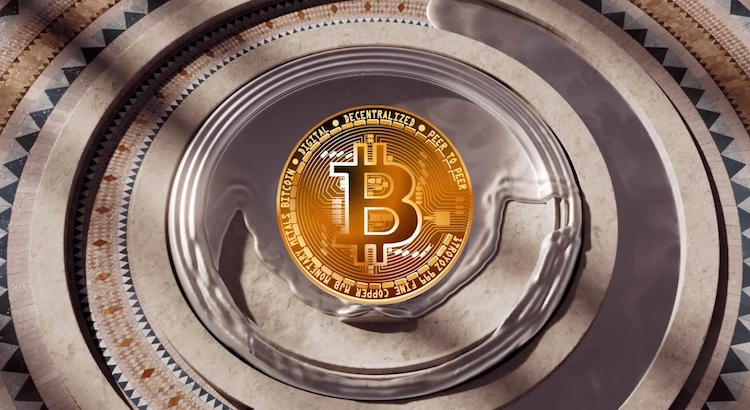-
NEUIGKEITEN
- EXPLORE
-
Blogs
Understanding Fed Money Printing and Its Potential Impact on Bitcoin Investments

"Money printing" is a simplified term used to describe a monetary policy tool called quantitative easing (QE). It is implemented by central banks, such as the Federal Reserve (Fed) in the United States. When the Fed engages in money printing or QE, it essentially creates new money and uses it to purchase assets like government bonds or mortgage-backed securities from banks and other financial institutions.
The goal of money printing is to inject more money into the economy, increase liquidity, and stimulate economic growth. By purchasing these assets, the central bank aims to lower interest rates and encourage lending and investment, which can spur economic activity.
Now, you might wonder how this relates to Bitcoin. Bitcoin is a decentralized digital currency that operates outside the control of central banks or governments. Its supply is limited and predetermined, with a maximum of 21 million bitcoins that can ever be created. Unlike traditional currencies, Bitcoin cannot be created or manipulated by any central authority.
It is safe to assume that Fed money printing has the potential to attract more investment towards Bitcoin for several reasons. As we discussed above, the Federal Reserve engages in money printing or quantitative easing (QE), it increases the supply of money in circulation, which can lead to concerns about inflation and the devaluation of traditional currencies. As a result, some investors seek alternative assets like Bitcoin, which is often considered a store of value and a potential hedge against inflation. There are three strong reasons that might apply significantly to attract investments to Bitcoin:
-
Scarcity and Limited Supply: Bitcoin's appeal lies in its limited supply. Since Bitcoin will only ever be 21 million in existence, it is obvious to perceive Bitcoin as a deflationary asset. In contrast, traditional currencies can be printed in unlimited quantities. As more fiat currency enters circulation due to money printing, the scarcity and fixed supply of Bitcoin become more apparent and appealing to investors.
-
Store of Value and Inflation Hedge: Bitcoin is often viewed as a digital store of value for the long run, similar to gold. Investors who fear that money printing may lead to inflation or a decrease in the purchasing power of traditional currencies may turn to Bitcoin as a potential hedge. Bitcoin's decentralized nature and its algorithmically controlled issuance make it attractive to those seeking an alternative asset that is not subject to the control of central banks or governments.
-
Increased Institutional Interest: Money printing by central banks has caught the attention of institutional investors, who may increasingly consider Bitcoin as part of their investment portfolios. As more institutional players enter the market, it can lead to increased liquidity and overall market confidence in Bitcoin as a legitimate investment option.
It is important to note that while money printing may drive investment towards Bitcoin, it is not the sole factor influencing its value or investment potential. Bitcoin remains a highly volatile and speculative asset, and its price can be influenced by various other factors such as market demand, regulatory developments, technological advancements, and investor sentiment.
Bitcoin's scarcity and its decentralized nature will attract investors who are concerned about the potential devaluation of fiat currencies. They believe that as more money is printed, the value of traditional currencies may decrease, leading them to seek alternative assets like Bitcoin to preserve their wealth.
Investing in Bitcoin or any other assects carries risks, and individuals should carefully consider their investment goals, risk tolerance, and conduct thorough research before making any investment decisions.
While some investors see it as a potential store of value or hedge against inflation, others caution about its unpredictability and advise thorough research and understanding before considering any investment.
By now, we come to understand that money printing refers to the central bank's action of creating new money to stimulate economic growth. Bitcoin, as a decentralized digital currency with a limited supply, has great potential to be seen as an investment option by individuals and institutions alike who are concerned about the potential devaluation of traditional currencies due to money printing and inflation. However, investing in Bitcoin or any other asset should be approached with caution and after gaining a sufficient understanding of the risks involved.
- Aspiration
- Banking
- Bitcoin
- Blockchain
- Centralization
- Crypto Asset
- Decentralization
- Ausbildung
- Fiat Currency
- Inspirational
- SATS
- Technology
- Trade
- Traditional Finance
- Web 3
- Web 5
- Web/Cyber
- Web/Cyber/Hack
- Web Evolution
- Web/Internet
- Web/Wellness
- Web/Internet/Other


